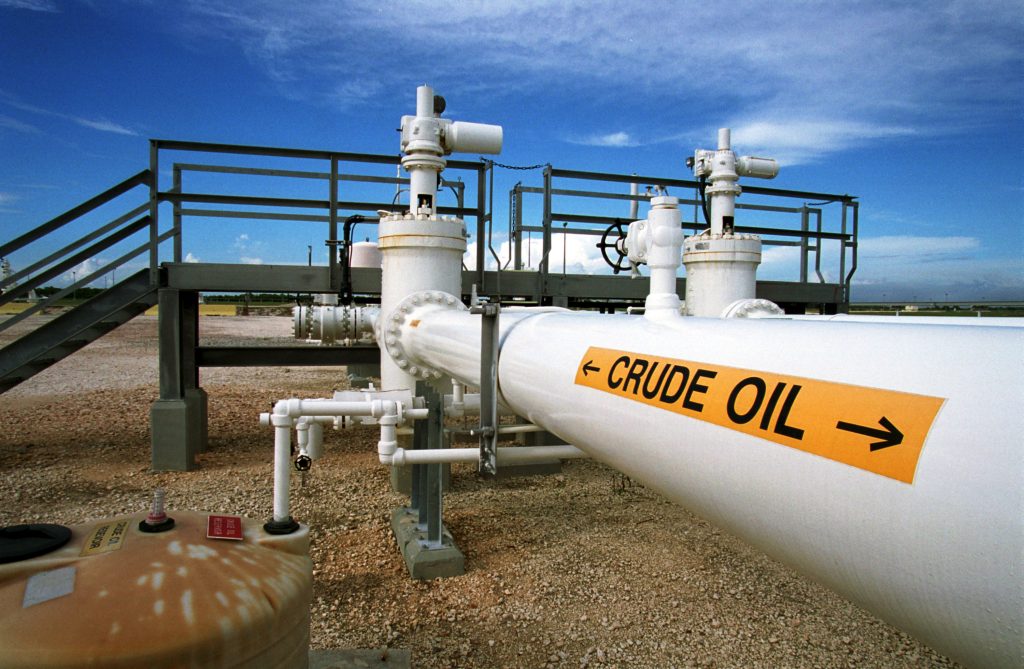Bengaluru, (Aryavarth) Surging oil prices are causing concern not just in India, but all world capitals. Brent crossing $80 per barrel is disconcerting thought even for central bankers and investors, which saw market values being eroded. Crude prices currently are at the highest levels since the start of the pandemic and the price surge is considered a significant market event that will have far-reaching consequences. The development is particularly bad for India, where fuel prices have already tested the patience of consumers.
The situation is marked by two distinct phenomena. First, it means the change of balance from global demand destruction, accompanied by negative prices, to a tightness in supply on the back of increase in demand. The increase of over $10 within a month is also believed to imply more upside potential. Additionally, there has been switch from gas to oil, particularly in Asia.
According to market analysts, the recent rally in LNG prices in Europe and Asia has dramatically widened the economic incentive to switch from natural gas to oil in power generation. Steep carbon regulations and operational constraints limit Europe’s ability to burn oil in power plants, but Asia has more flexibility. If the gap between LNG and oil prices remains wide, Asia is set to boost oil demand by 400,000 barrels per day on average over the next two quarters, according to a Rystad Energy report. This will support already high oil prices.
Asia’s liquid-burning capacity for power generation has declined over the past 10 years, but still sits at about 100 gigawatts, mostly in Japan, Taiwan, Indonesia, Bangladesh and Pakistan. Asia’s current oil consumption for power generation fluctuates at around 900,000 bpd, which leaves a monthly unused and available oil-burning capacity of bit more than 550,000 bpd. As the continent is expected to add 400,000 bpd on average in the next six months, utilization of the oil-burning infrastructure is certain to surge.
Even as more barrels come back into the market, the perceived supply shortage, paired with bullish hints of demand recovery, have significantly tightened the market. China’s move to auction some strategic petroleum reserves helps stabilize prices and prevented them from rising further, but the market appreciates that the volume is not significant for the country.
Just over seven million barrels represents only a fraction of China’s several hundred million barrel strategic reserve stockpile, so the importance is more historic and represents a sign that China is now willing to be more active to influence the oil market. Analysts feel China’s motivation for selling – whether that is to ease oil prices, make available funds for state spending, or alleviate storage levels that could possibly be nearing their maximum – is open to interpretation. The US, which has the world’s largest strategic reserve of more than 700 million barrels, as of late has been releasing barrels from the stocks more liberally and not just in cases of disaster or emergency.
Looking at oil demand, no new lockdowns in Europe, robust recovery in China road activity, and the US nixing its ban on foreign travellers from November 2021, all lift prospects for upside in the coming quarters. While there has been robust recovery in road fuels and petrochemicals demand, the ultimate lift-off, according to analysts, must come from aviation, which has been the slowest sector to bounce back after the initial Covid-19 blow.
OPEC is scheduled to hold its next meeting in October and the cartel is expected to decide on a supply plan – either to stoke oil prices higher or take action to boost supply and normalise prices. If the meeting decides oil is getting too expensive, it could call on some key producers with sizeable spare capacity such as Saudi Arabia to step up production and trim prices back towards the low to mid $70s.There have been calls for higher quotas, in particular from Nigeria and the UAE, the latter backing the demand for a 400,000 bpd increase in production by November.
Any further rise in prices has ominous portends for the Modi government, which has a crucial round of assembly elections lined up before it. Irrespective of the supposedly free market policies, run-up to elections has been marked by government intervention to hold prices for the time being, but only to be followed by more frequent increases once the elections are over so that the oil companies as well as government treasuries are more than compensated for the notional losses.
By K Raveendran
